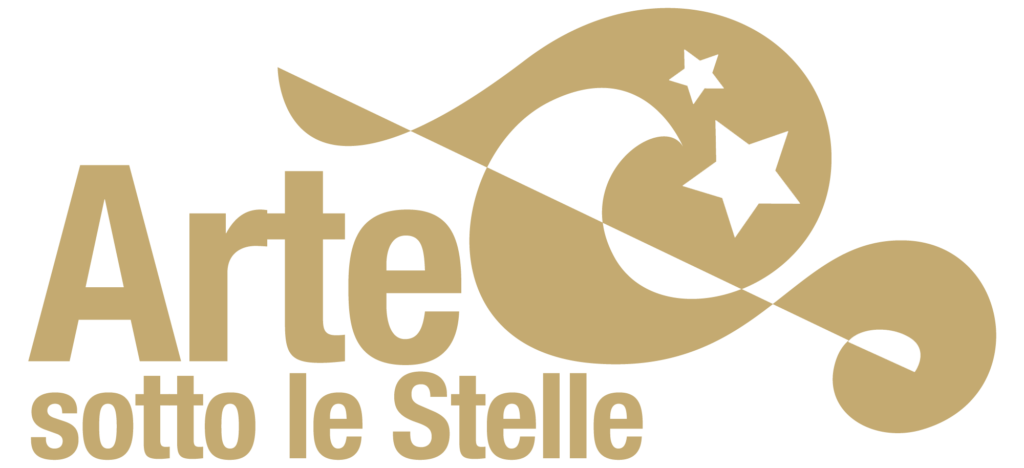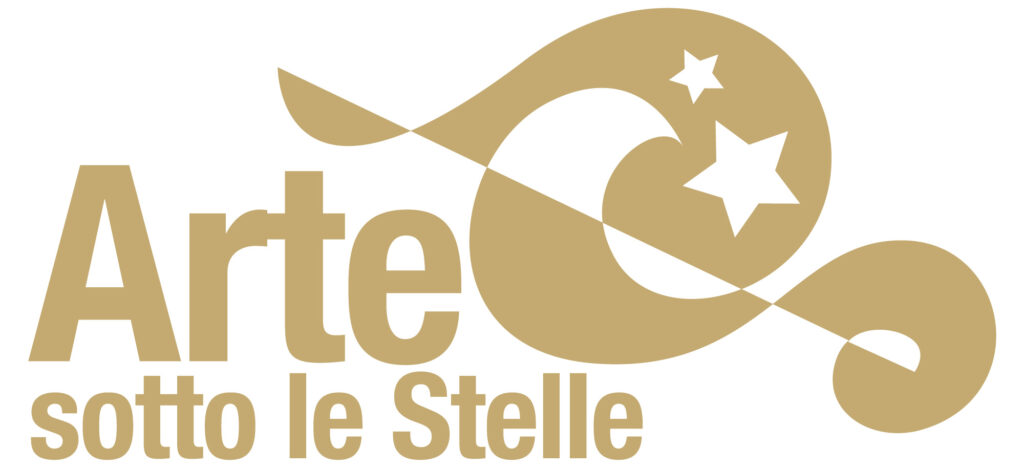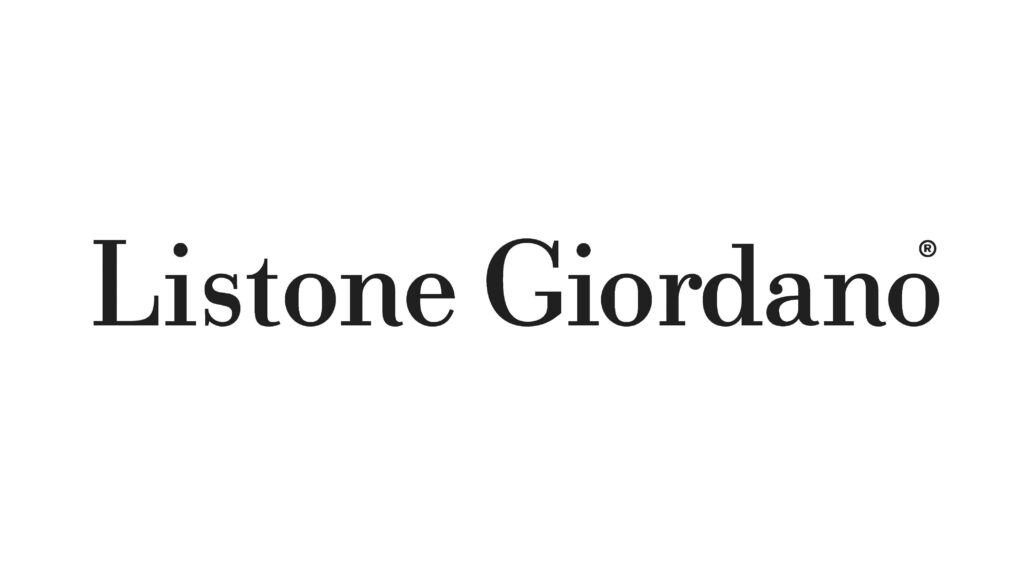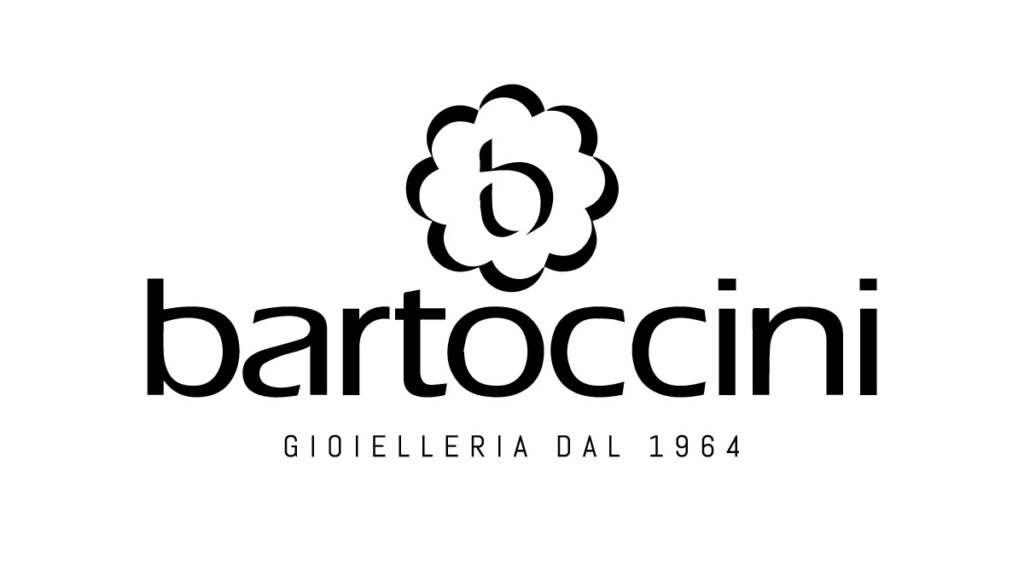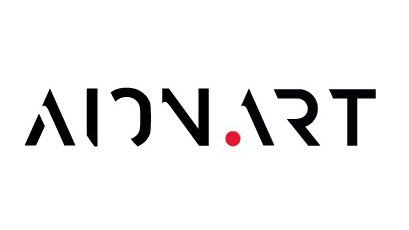Polyptych of the Certosa of Pavia, three panels – National Gallery – London
The altarpiece, commissioned to Perugino in 1496 by the Duke of Milan Ludovico Sforza (known as il Moro) and completed in the firts years of the sixteenth century, was originally conceived for the altar of the chapel dedicated to the Archangel Michael in the Church of the Certosa di Pavia.
The Polyptych, according to the reconstruction, was developed on two registers: the panels depicting Saint Michael the Archangel, the Adoration of the Child and Tobiolo with the Archangel Raphael,currently preserved at the National Gallery in London, were located on the lower level, while at the top an Annunciation was divided between two tables (the Archangel Gabriel on one panel and the Virgin Mary on another, today at the Musée d’Art et d’Histoire in Geneva, by Mariotto Albertinelli and Fra Bartolomeo), among which there was the cimasa depicting the Eternal Father Blessing, the only part of the original polyptych still preserved in the Certosa di Pavia.
The panels depicting Saint Michael the Archangel, the Adoration of the Child and Tobiolo with the Archangel Raphael were purchased by the National Gallery in 1856, after the suppression of the Certosa, and they were already cut on the sides and on the lower edge. Fortunately, what should have been the original appearance of the Polyptych is still visible thanks to the reconstruction preserved at the Certosa, carried out using some copies in the lower register, albeit with various differences; The Annunciation was replaced by two panels depicting four Doctors of the Church by Ambrogio Bergognone, originally part of another altarpiece always intended for the Certosa.
In the central compartment, the Madonna is in adoration: she kneels and slightly turns to the left, her hands are joined in prayer, while her loving gaze rests on the Child, gently supported by an angel; above the scentral scene, three angels float in the air and hold cartouches. The scene takes place outdoors, in a country landscape typical of the production of Perugino, with hills, some slender trees and a peaceful river.
The same setting is repeated in the side parts: in the left panel the Archangel Michael, the upright and proud pose, is dressed in a glittering armor with feathered wings on the back, caught in the act of trampling the devil (of which only part of the black wing is visible, while the rest of the body has been lost due to the alterations suffered) using the shield, richly adorned with elegant grotesque motifs. On the left, a scale hangs from a tree stump, symbolizing the role of the Archangel as judge of souls after death.
The right panel depicts Tobiolo, from whose right wrist hangs a fish, and the Archangel Raphael, who holds in his left hand a box where the heart, liver and gall of the fish are preserved, to be used as ointments to cure blindness and burned to drive out evil spirits. According to the legend, the two are accompanied by a little dog, which can be barely seen in the lower part of the painting.
All the figures are built with calm monumentality, the clothes are heavily draped around their bodies and the bright colors stand out in the naturalistic background, while the faces are portrayed with the usual appearance pervaded by the sweetness typical of Perugino.
The panels are preserved at the National Gallery in London.


